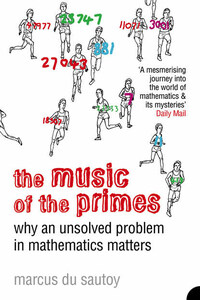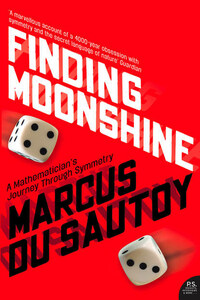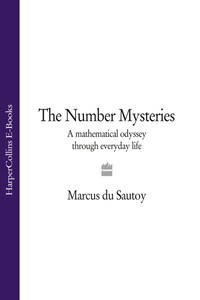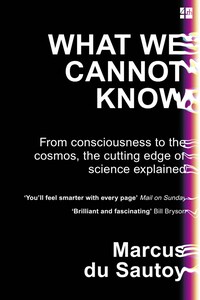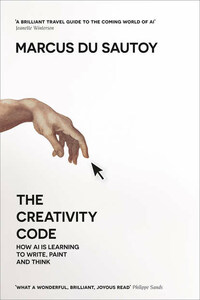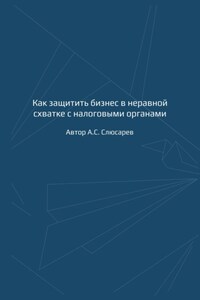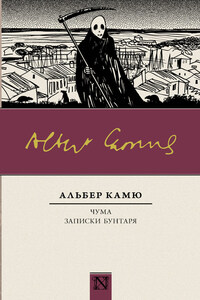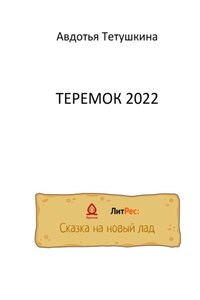The Music of the
Primes Why an Unsolved Problem in Mathematics Matters
Marcus du Sautoy
Fourth Estate
An imprint of HarperCollinsPublishers Ltd. 1 London Bridge Street London SE1 9GF
www.harpercollins.co.uk
This edition published by Harper Perennial 2004
First published by Fourth Estate 2003
Copyright © Marcus du Sautoy 2003
PS section copyright © Josh Lacey 2004
PS⢠is a trademark of HarperCollinsPublishers Ltd.
Marcus du Sautoy asserts the moral right to be identified as the author of this work
A catalogue record for this book is available from the British Library
All rights reserved under International and Pan-American Copyright Conventions. By payment of the required fees, you have been granted the nonexclusive, nontransferable right to access and read the text of this ebook on-screen. No part of this text may be reproduced, transmitted, downloaded, decompiled, reverse engineered, or stored in or introduced into any information storage and retrieval system, in any form or by any means, whether electronic or mechanical, now known or hereinafter invented, without the express written permission of HarperCollins e-books
HarperCollinsPublishers has made every reasonable effort to ensure that any picture content and written content in this ebook has been included or removed in accordance with the contractual and technological constraints in operation at the time of publication
Source ISBN: 9781841155807
Ebook Edition © MAY 2012 ISBN: 9780007375875 Version: 2017-05-03
From the reviews of The Music of the Primes:
âA gripping, entertaining and thought-provoking book. Du Sautoy is certainly a brilliant storyteller and introduces us to some great personalities ⦠Even if you donât understand the maths, this is still a fascinating book. And if you do understand some of it, it will have you running for your calculator as you try to work out some of the riddles along the wayâ
Independent on Sunday
âDelightfully entertaining ⦠[Du Sautoy] has been successful in setting up a compelling dramatis personae of mathematicians, with every character vividly illuminated with anecdotes and felicitous commentâ
Guardian
âDu Sautoy ⦠laces the ideas with history, anecdote and personalia â an entertaining mix that renders an austere subject palatable ⦠Even those with a mathematical allergy can enjoy du Sautoyâs depictions of his cast of charactersâ
The Times
âThe subject is daunting, but du Sautoy writes with admirable clarity and verveâ
Daily Mail
âAn engaging and accessible history of work on prime numbers and the Riemann hypothesisâ
Economist
âEntertaining ⦠looks certain to be a great successâ
Nature
For the memory of
Yonathan du Sautoy October 21, 2000
âDo we know what the sequence of numbers is? Okay, here, we can do it in our heads ⦠fifty-nine, sixty-one, sixty-seven ⦠seventy-one ⦠Arenât these all prime numbers?â A little buzz of excitement circulated through the control room. Ellieâs own face momentarily revealed a flutter of something deeply felt, but this was quickly replaced by a sobriety, a fear of being carried away, an apprehension about appearing foolish, Unscientific. Carl Sagan, Contact
One hot and humid morning in August 1900, David Hilbert of the University of Göttingen addressed the International Congress of Mathematicians in a packed lecture hall at the Sorbonne, Paris. Already recognised as one of the greatest mathematicians of the age, Hilbert had prepared a daring lecture. He was going to talk about what was unknown rather than what had already been proved. This went against all the accepted conventions, and the audience could hear the nervousness in Hilbertâs voice as he began to lay out his vision for the future of mathematics. âWho of us would not be glad to lift the veil behind which the future lies hidden; to cast a glance at the next advances of our science and at the secrets of its development during future centuries?â To herald the new century, Hilbert challenged the audience with a list of twenty-three problems that he believed should set the course for the mathematical explorers of the twentieth century.
